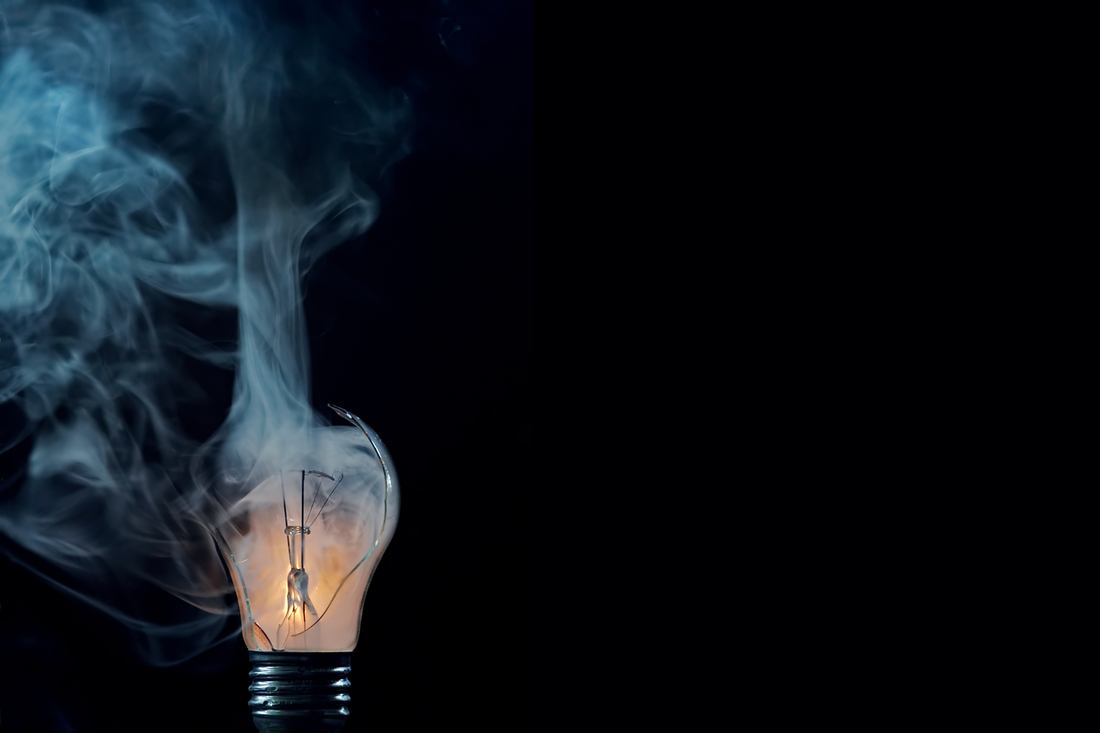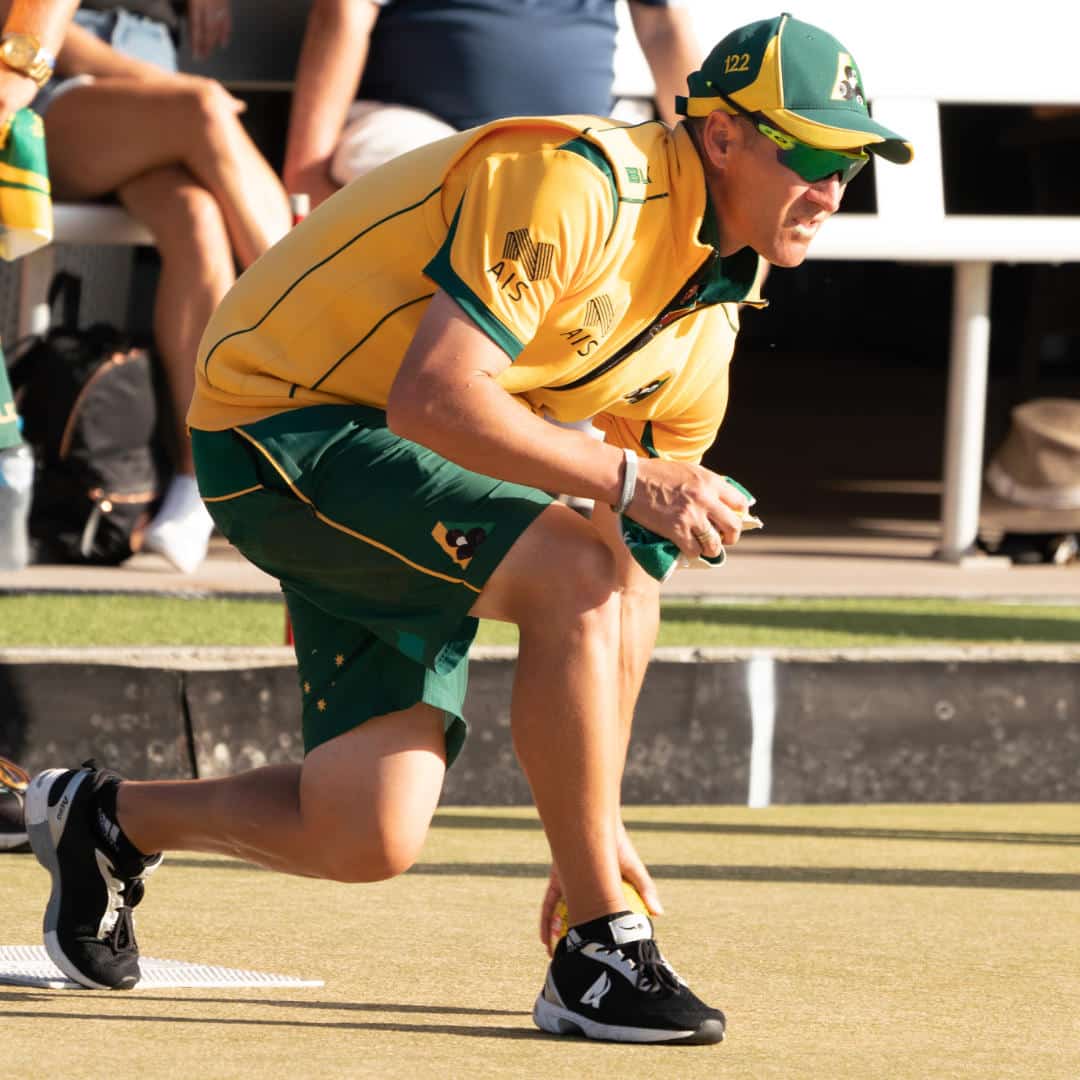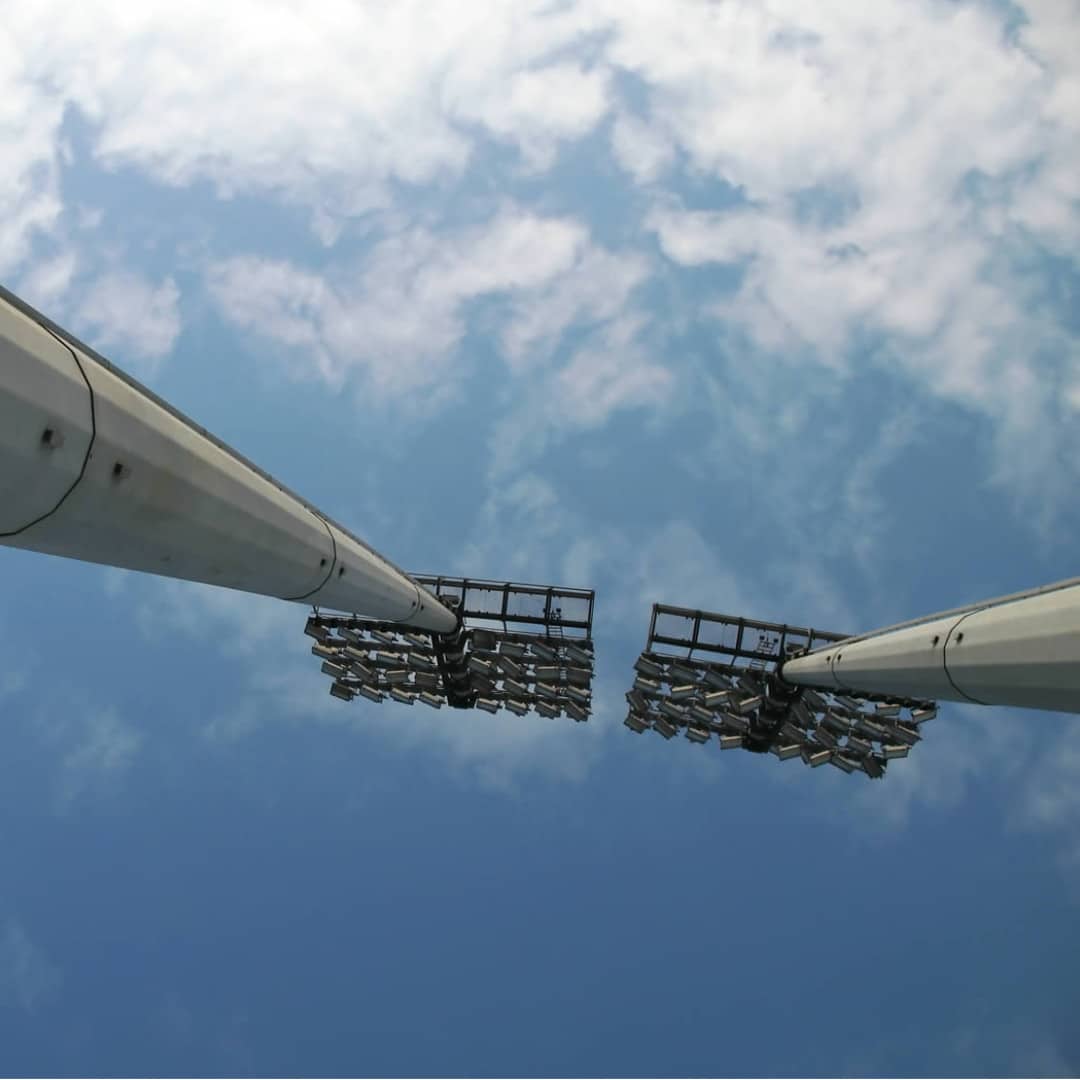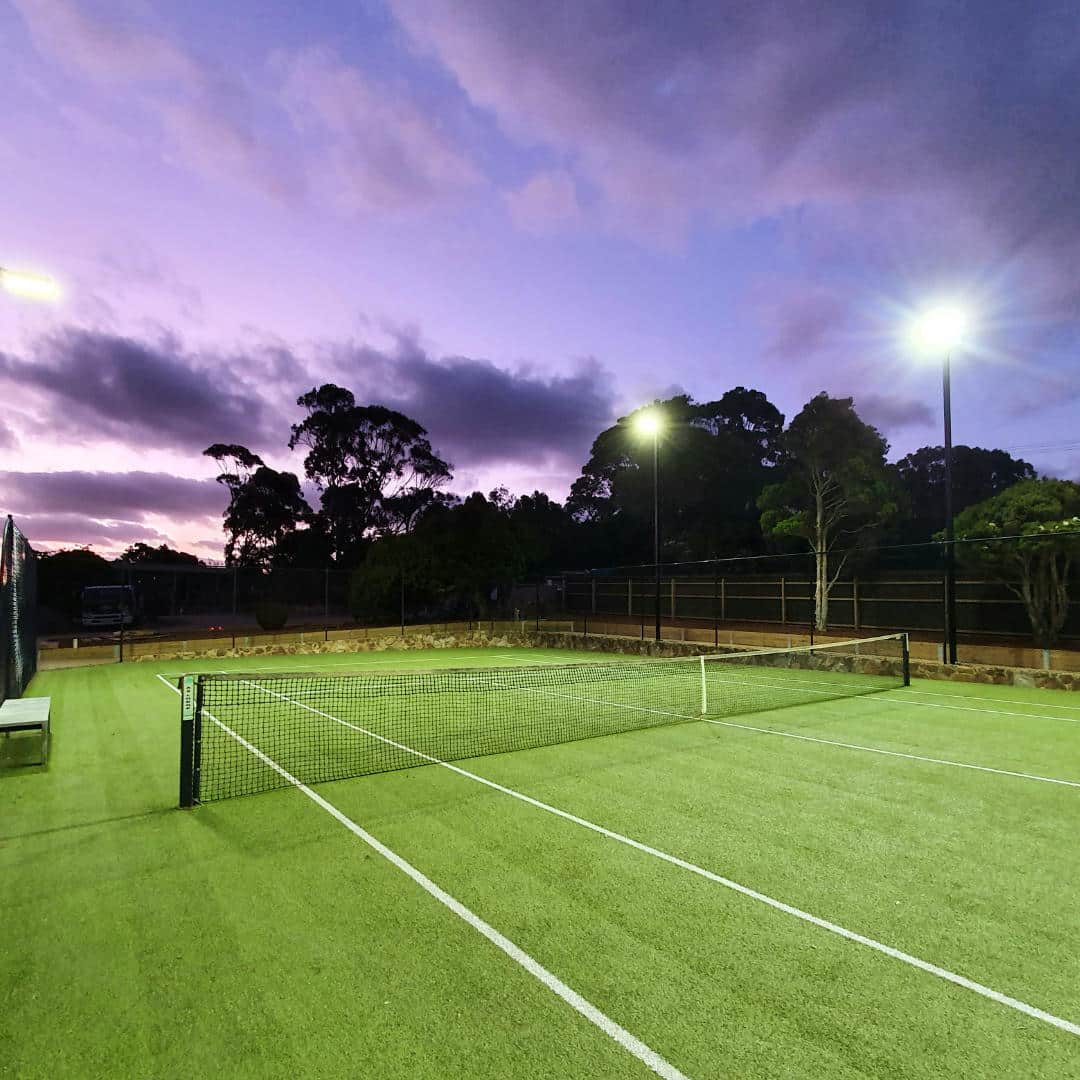
A key difference between traditional metal halide fittings and LED fittings is the maintenance costs. The basic housing for the metal halide fittings can last for 10’s of years but the bulbs need to be replaced regularly as they lose 20-25% of their efficiency within the first 250 hours of operation. By contrast LED fittings should last 50000 hours as a system without the need for maintenance other than occasional cleaning.
Whilst this is all perfectly true, the flip side is that if the metal halide fails, you only have to replace the bulb. By contrast, if the LED fails, you have to replace the whole unit.
A number of factors influence how long the LED’s last. Key elements are the driver, the LED’s, waterproofing, condensation control and the control of heat.
This is a critical component and is one of the most common causes of failure in LED’s. The power supply in a mains AC powered system is essentially the brains of the lamp. The PC Board in an AC system is a ‘dumb’ board loaded with LED’s. All control, dimming etc are controlled by the power supply, except for the temperature control on the board. There are a number of specialist manufacturers who offer very good warranties and have proved themselves in the field. Ensure your supplier is not economising on this component as it is likely to be where issues will come from and can be expensive to replace.
There is a large number of proven manufacturers of LED’s. While a brand is no guarantee of high performance and longevity, there is credibility with some of these companies who have consistently produced excellent products for many years. Amongst these are Cree, LG and Lumiled although lighting manufacturers constantly need to experiment with other products to ensure they keep in the forefront of the industry. However, it is worth checking the credibility of the brand of LED’s to give you some idea of what your warranty is worth.
As sports lights are generally installed outside a level of waterproofing is essential. This would usually involve a seal around the lens and a waterproof cable gland. Once moisture gets into the lights it quickly damages the PC Board and will result in failures within days.
When a lamp has been working hard and getting hot, a sudden change in temperature (like from rain) can cause the air in the lamp to condense. This results in fogging in the lamp which will very quickly can deterioration in the electronics, and ultimately, failure. Most lights are now designed with a breather valve. This means that if there is a build-up of condensation in the lamp the moisture can go out, but not back in. This method is virtually fool-proof and is essential for all lamps that are not made in a moisture free environment – which is the majority of lamps in the world.
One of the principle causes of LED failure is overheating. The 2 main ways to control this is by having sufficient heat sinking and by moderating the temperature of the PC Board electronically. As the housing is static and airflow is unpredictable, the surface area and fin size influences how well it will control the heat. The other aspect is to control how hard the LED’s run. The more current they draw the hotter they will be. Control mechanisms are therefore put into place to throttle the current draw which in turn allows the LED’s time to cool down. This method is only successful when used in conjunction with an effective heat sink and is not an alternative to a good heatsink.
So, lots to look into but once you’ve explored all the options and you’re confident of your decision, you will have a system that will last for many years to come.


